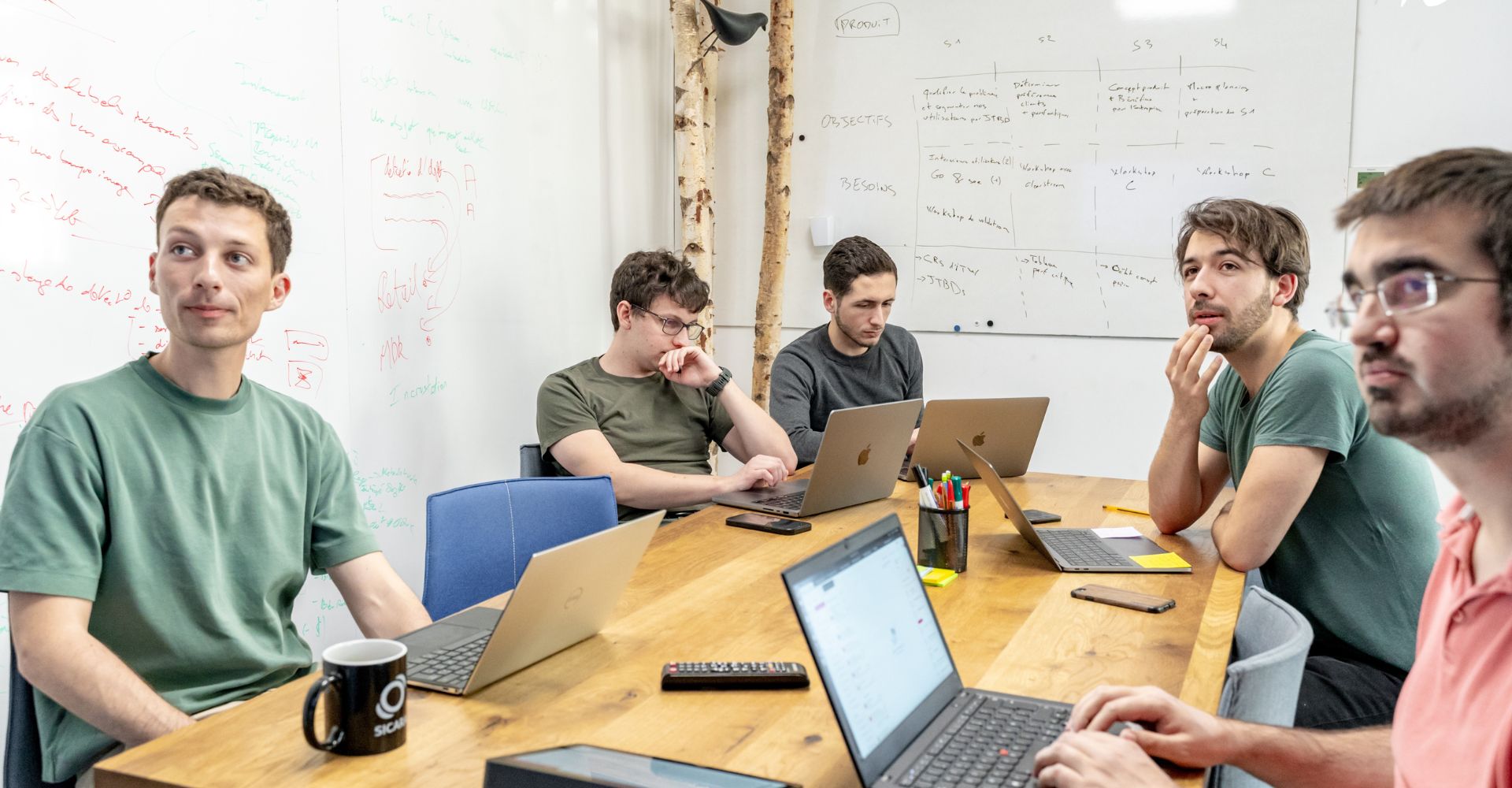Nos partenaires
Nous collaborons avec des partenaires technologiques de confiance qui nous permettent de vous fournir des solutions ingénieuses sur-mesure.
Grâce à ces collaborations stratégiques, nous combinons notre expertise avec leurs technologies pour traiter l'intégralité de vos cas d'usage en data et en Intelligence Artificielle.


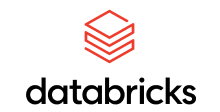




.png?width=600&height=600&name=Logo%20pour%20carroussel%20%20(2).png)
.png?width=600&height=600&name=Logo%20pour%20carroussel%20%20(3).png)

.png?width=600&height=600&name=Logo%20pour%20carroussel%20%20(6).png)
.png?width=600&height=600&name=Logo%20pour%20carroussel%20%20(5).png)
.png?width=600&height=600&name=Logo%20pour%20carroussel%20%20(7).png)
.png?width=600&height=600&name=Logo%20pour%20carroussel%20%20(8).png)
.png?width=600&height=600&name=Logo%20pour%20carroussel%20%20(9).png)
.png?width=600&height=600&name=Logo%20pour%20carroussel%20%20(10).png)
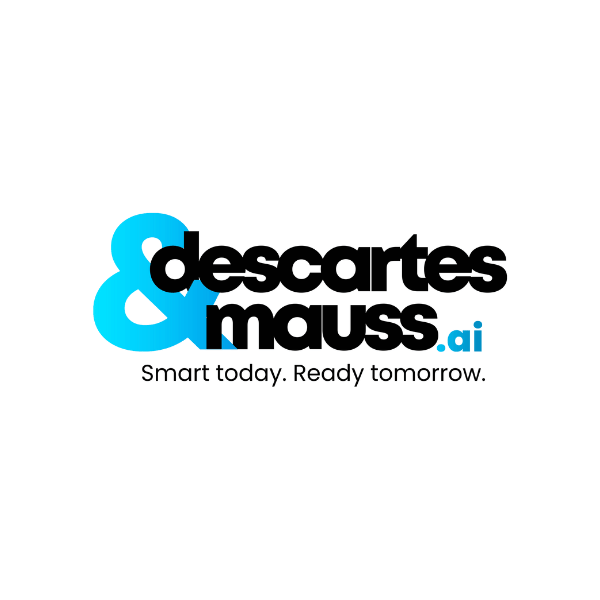
.png?width=600&height=600&name=Logo%20pour%20carroussel%20%20(12).png)
.png?width=600&height=600&name=Logo%20pour%20carroussel%20%20(13).png)
.png?width=600&height=600&name=Logo%20pour%20carroussel%20%20(14).png)

.png?width=600&height=600&name=Logo%20pour%20carroussel%20%20(16).png)
.png?width=600&height=600&name=Logo%20pour%20carroussel%20%20(17).png)
.png?width=600&height=600&name=Logo%20pour%20carroussel%20%20(18).png)
.png?width=600&height=600&name=Logo%20pour%20carroussel%20%20(19).png)

.png?width=600&height=600&name=Logo%20pour%20carroussel%20%20(21).png)
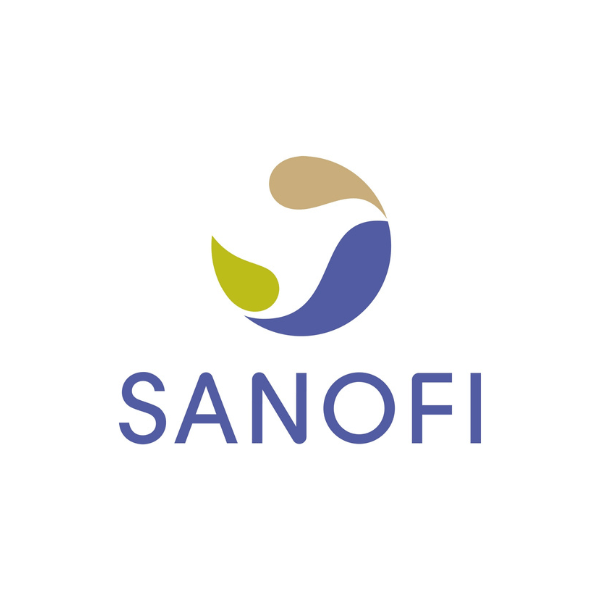
.png?width=600&height=600&name=Logo%20pour%20carroussel%20%20(23).png)




